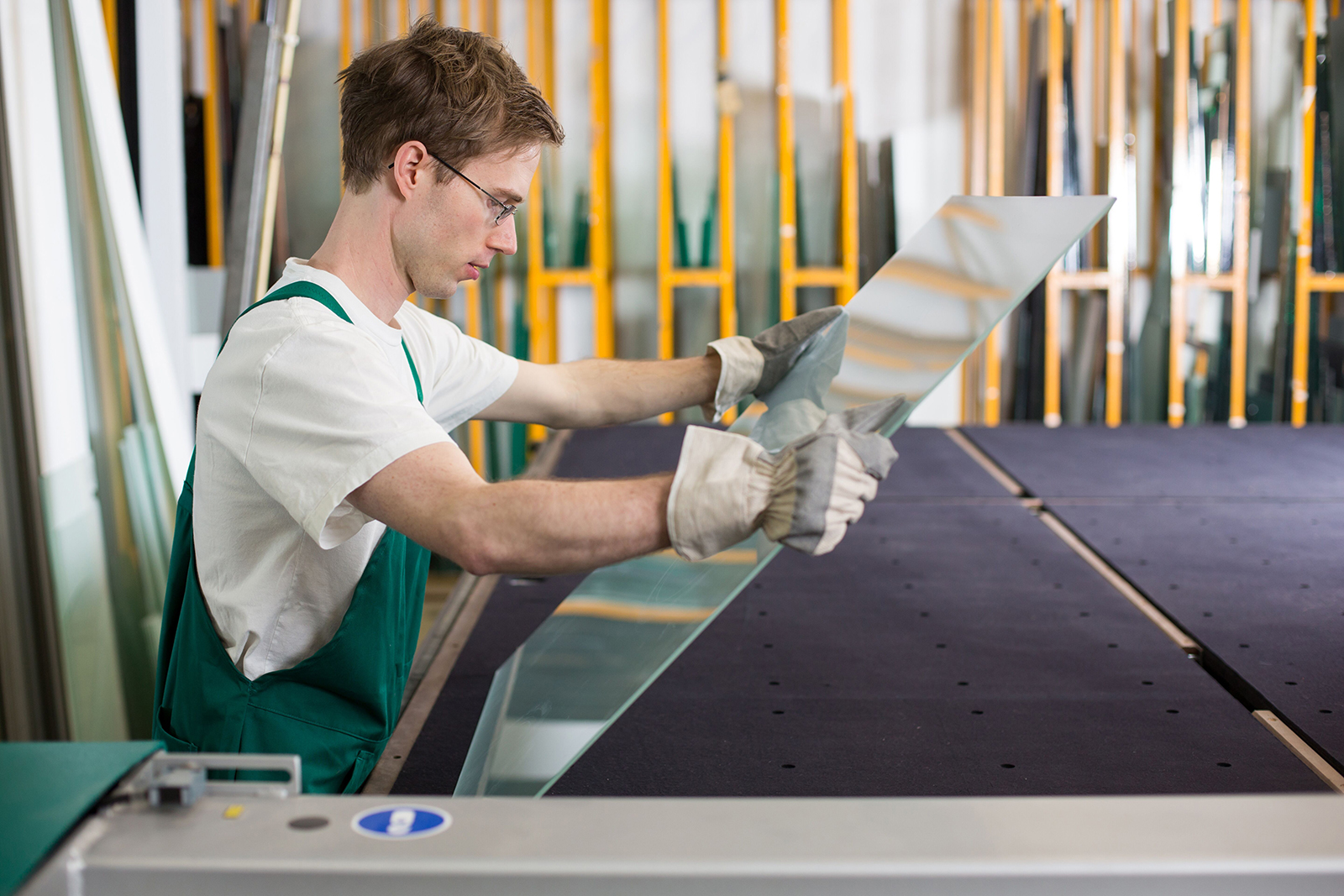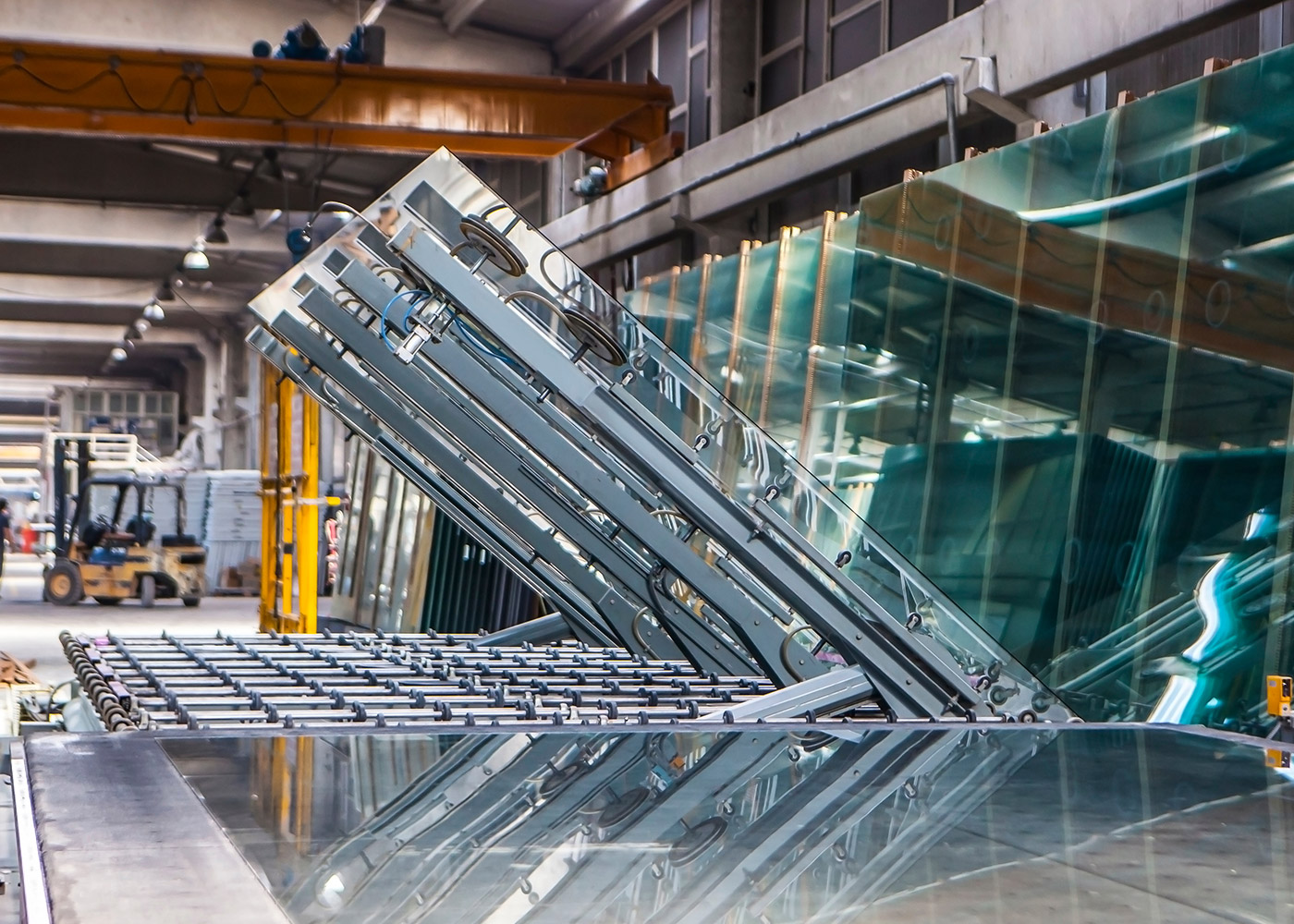Hey folks! Today, let’s dive into the world of glassmaking and check out the cool techniques and technologies behind this clear wonder. Glass is everywhere, right? From your smartphone screen to your car’s windshield. But how is it made? Let’s break it down.
1. The Basics: It Starts with Raw Materials
First off, glass is made from surprisingly simple stuff. We’re talking about sand (silica), soda ash, and limestone. Mix these together, and you’ve got your basic glass recipe. Sometimes, manufacturers add other materials for color or special properties, but the core ingredients are pretty straightforward.
2. Melting: Turning Sand into Liqui
dThis mixture is then heated up in a giant furnace at super high temperatures, think about 1700 degrees Celsius (that’s really hot!). This turns the mix into a molten, lava-like substance. It’s at this stage where the magic starts to happen.
3. Shaping: Getting the Right Form
Once the glass is all melty and gooey, it’s time to shape it. This is where things get interesting. There are several methods:
Blowing: This is the old-school way, like what you see in glassblowing studios. Air is blown into the molten glass to shape it into bottles or other hollow items.
Rolling/Pressing: For flat glass, like windows, the molten glass is rolled out flat or pressed into the desired thickness.
Floating: This is super cool. Molten glass is poured onto molten tin. Because glass is less dense, it floats and spreads out, creating really smooth and flat sheets. This is how most of the world’s flat glass is made today.
4. Annealing: Cooling It Down
This step is crucial. If glass cools down too quickly, it can crack or become too stressed. So, it’s slowly cooled in a controlled environment in a process called annealing. This reduces the risk of breakage and ensures the glass is strong and stable.
5. Cutting and Finishing: The Final Touches
Once the glass is cooled, it’s cut into the desired shapes and sizes and goes through any final processing like coating, tempering (for safety glass), or laminating.
6. The High-Tech Stuff: Special Glasses
We also have some advanced glass technologies like Gorilla Glass for smartphones, which is made super tough through a process called chemical strengthening. And let’s not forget fiber optic cables made from ultra-pure glass, which carry our internet signals at the speed of light!
So, there you have it! Glassmaking is this incredible blend of art, science, and engineering. It starts with some basic raw materials and, through a series of high-heat and precise processes, turns into the glass products we use every day. It’s pretty amazing how this ancient material is still so central to our modern lives, and the technology behind it is constantly evolving. Glass isn’t just a material; it’s a technology in its own right!



